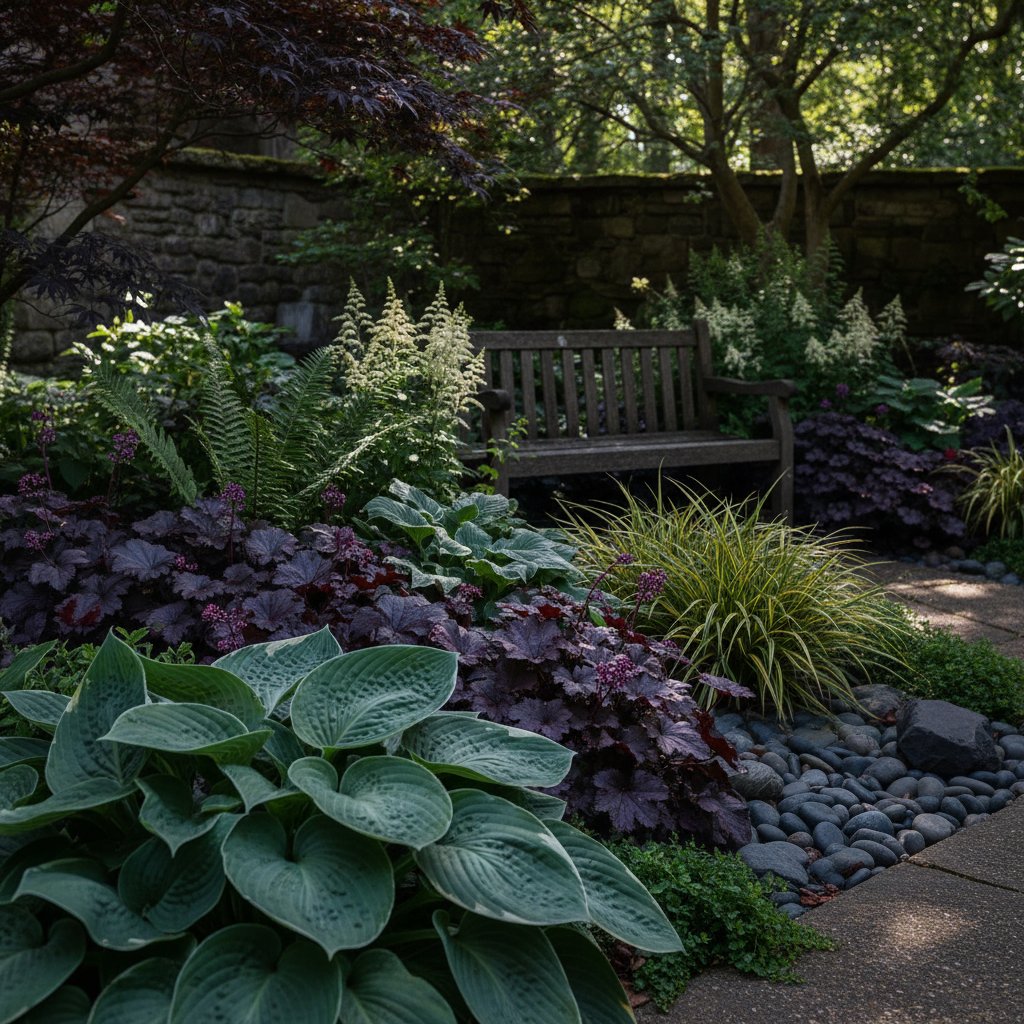2025 Shade Trends: Essential Pergola Alternatives
Many homeowners step into their backyard and sense an untapped potential. The space once felt vibrant and welcoming, yet intense sunlight now discourages use during peak hours. A traditional pergola may come to mind, but concerns over installation, expense, or upkeep often deter action. Fortunately, innovative alternatives deliver shade and comfort without permanent structures.
Current trends emphasize adaptability, layered textures, and integration with natural elements. These approaches leverage existing yard features while introducing elements that extend indoor comfort outdoors. Suitable for compact patios or expansive gardens, each option reshapes the outdoor environment to suit specific needs.
The following alternatives to pergolas balance aesthetics and utility. They prompt consideration of daily routines and desired ambiance, guiding selections that enhance usability.
Shade Sails: Versatile Modern Canopies
Shade sails stand out as a leading pergola substitute due to their adaptability and striking design. These taut fabric panels span open spaces, forming dynamic patterns and diffused light that evolve with the sun's position.
Key benefits include:
- Simple seasonal installation and removal.
- Diverse colors and configurations to complement individual aesthetics.
- Ability to delineate zones like lounging or entertainment areas.
Implementation steps:
- Select UV-protected, weatherproof fabric for longevity.
- Position sails at a 10- to 30-degree angle to facilitate drainage.
- Anchor to walls, mature trees, or ground-mounted posts spaced 10 to 15 feet apart.
For added visual interest, layer multiple sails in complementary shades. This technique introduces depth and subtle motion, surpassing the static coverage of fixed roofs. Shade sails impart a sleek, modern vibe while permitting breeze circulation, ideal for arid regions or ventilated decks.
Living Arbors: Organic Plant-Based Shade
Individuals seeking an eco-friendly option will appreciate living arbors, where vegetation provides the primary cover. A robust frame supports climbing plants that gradually weave into a verdant overhead layer, softening sunlight through foliage.
Suitable climbers include wisteria for lavender blooms, honeysuckle for fragrance, grapevines for seasonal fruit, or trumpet vine for vivid flowers. The result evokes a serene enclosure, fostering tranquility amid greenery.
Construction guide:
- Erect a basic frame from treated lumber or galvanized steel, aiming for 8- to 12-foot spans.
- Plant vines compatible with local hardiness zones, prioritizing rapid growers.
- Guide growth using wire or lattice until full coverage develops in 1 to 3 years.
Patience yields a dynamic feature that shifts with seasons, attracting wildlife and enriching biodiversity. This method integrates seamlessly, enhancing landscape layers without synthetic materials.
Layered Fabrics: Artistic and Airy Draping
Fabric draping offers a fluid, creative contrast to structured shades. Lightweight panels suspended from frames produce a breezy sanctuary that balances seclusion and openness.
Opt for breathable materials like muslin for delicacy, linen for durability, or UV-treated cotton in neutral palettes. Gentle winds animate the fabric, mimicking the play of light under foliage.
Design tips:
- Fasten with removable hooks or grommets for effortless adjustments.
- Allow 6 to 12 inches of slack to encourage natural sway without pooling.
- Incorporate varied weaves or subtle motifs for eclectic depth.
This technique enhances preexisting frames, poles, or tree limbs. It infuses a bohemian, vacation-inspired essence, requiring minimal effort for substantial impact.
Natural Landscaping for Sustainable Shade
The most enduring shade often emerges from growth itself. Strategic tree planting alters yard microclimates, providing broad, natural filtration.
Prioritize moderate-speed growers like eastern redbud for spring color, serviceberry for berries and fall hues, or crape myrtle for summer blooms and compact form. In limited areas, deploy tall perennials such as fountain grass or privacy hedges like arborvitae.
Landscaping strategies:
- Cluster large pots with broad-leaf evergreens to moderate temperatures and reflections.
- Install trellises with vertical planters to block western exposure on patios.
- Maintain shapes through annual trimming to preserve dappled illumination.
Plant-based designs promote vitality and flexibility. Maturing greenery cultivates peace and ecological harmony, essential for authentic outdoor havens.
Integrating Shade with Everyday Use
Effective shade solutions harmonize utility and design. Combine a motorized awning with potted climbers for adjustable coverage, or pair a sail with timber benches for grounded appeal.
Consider circulation patterns: Direct a mulched walkway from bright borders to shaded nooks. Incorporate durable surfaces like flagstone, edged with groundcovers such as creeping thyme.
These integrations ensure spaces support relaxation, gatherings, or solitary pursuits.
Nurturing a Shaded Outdoor Sanctuary
Shade extends beyond temperature control; it crafts destinations for extended stays, whether dining al fresco or unwinding with a book. Select and install your chosen elements, then monitor their integration.
As features mature, they forge a cohesive extension of home life. This personalized approach yields enduring satisfaction, rooted in thoughtful design and natural evolution.



